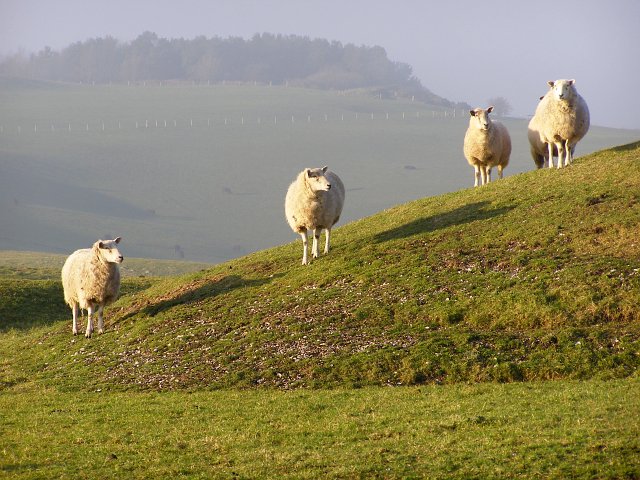
evolution of plague traced to Bronze Age Sheep with Yersinia pestis genome
On Feb. 7, 2025, an international team of researchers reported Yersinia pestis genome had been recovered from a 3rd millennium BCE domesticated sheep from the Eurasian Steppe belonging to the Late Neolithic Bronze Age (LNBA) lineage, until now exclusively identified in ancient humans across Eurasia. The preprint study was published in bioRxiv.
The researchers analyzed sheep and cattle remains from the site of Arkaim, a fortified Bronze Age settlement associated with the Sintashta-Petrovka culture in the southern Urals region of the Eurasian steppe and identify a Y. pestis infection in a domesticated sheep directly dated to 1935-1772 BCE.
To determine the phylogenetic placement of the prehistoric ARK017 Y. pestis genome, they compared it to 66 ancient Y. pestis genomes together with 134 modern genomes representing the known diversity of the species.
Natural selection exerted by host immunity, transmission bottlenecks, and epidemic dynamics shape the genetic variation and genealogies of pathogens. Despite the vast spatial spread and large temporal range of all known LNBA lineage genomes, they do not observe any phylogeographic structure but instead a ‘ladder-like’ single-lineage genealogy.
Notably, the evolution of LNBA lineage Y. pestis thereby differs from that of other well-known pathogens who share a ladder-like phylogeny, including seasonal influenza, whose evolution is characterized by adaptive fixation of mutations over successive years that enable evasion of existing immunity.
The study provide multiple lines of genetic evidence that the LNBA lineage experienced more purifying selection than extant Y. pestis lineages and that the reconstructed ancient human infections and ARK017 domesticated sheep infection were most likely a result of repeated epizootic outbursts representing evolutionary dead ends.
The identification of a Bronze Age Y. pestis genome from a domesticated sheep offers a novel perspective on the hidden evolution and host range of a prehistoric pathogen, and sets a precedent for the exploration of ancient diseases beyond humans.
Tags:
Source: biorxiv.org
Credit:
